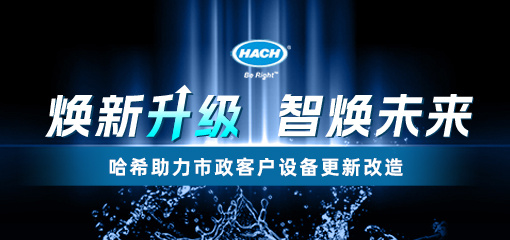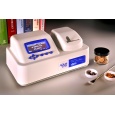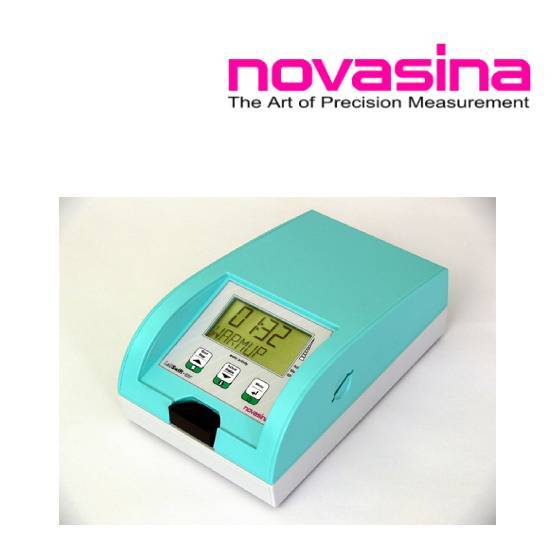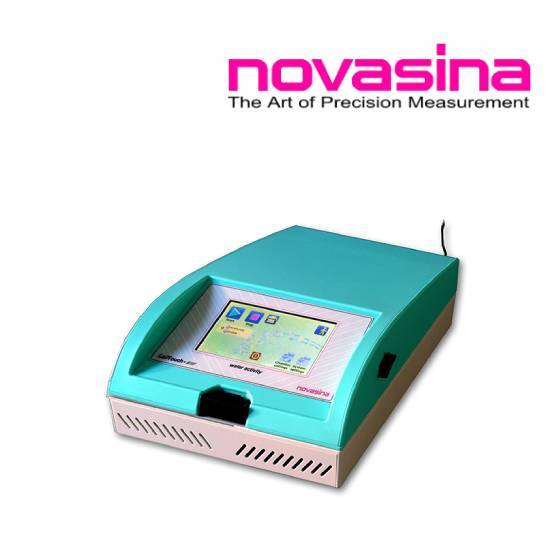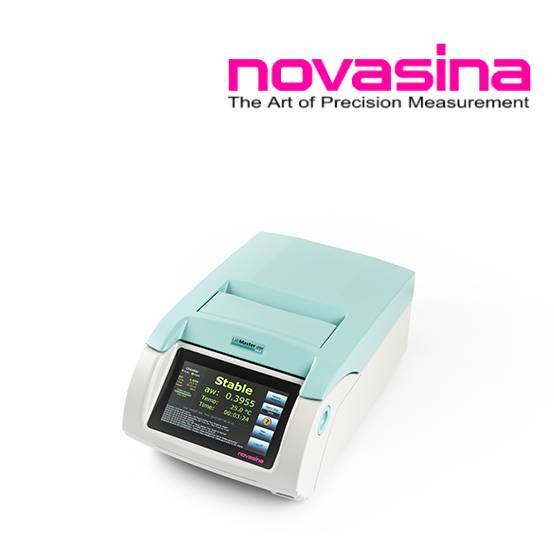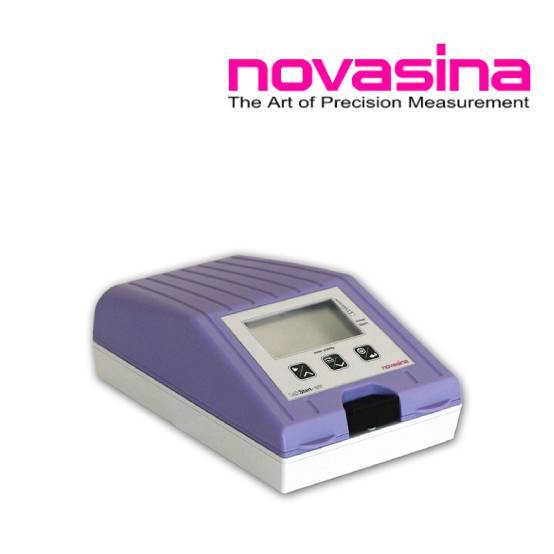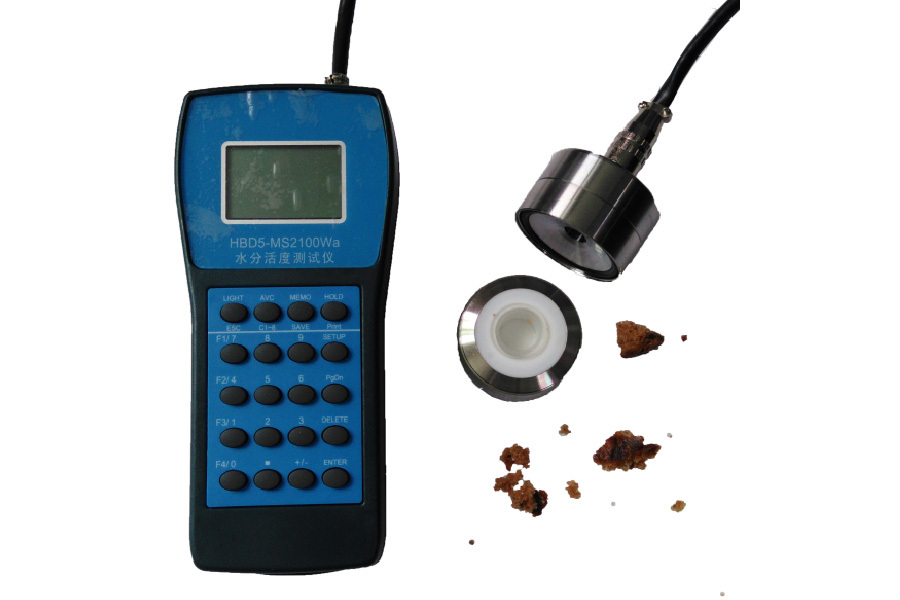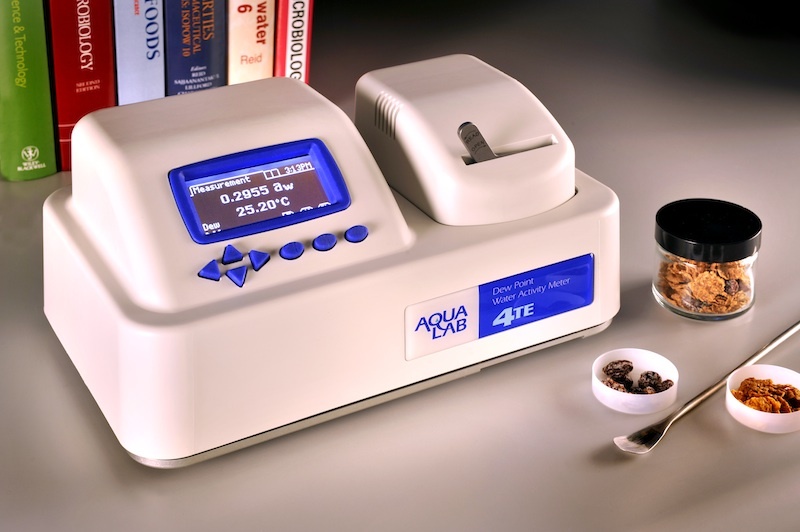
详细介绍了水分活度定义,水分活度是对样品中水的能量状态的测量,表示水分能够被微生物所利用的程度。Decagon公司是水分活度仪的发明者,是水分活度仪的领导者。
方案详情

Application Note Water activity is derived from fundamentalprinciples of thermodynamics and physicalchemistry. As a thermodynamic principle thereare requirement in defining water activity thatmust be met. These requirements are; pure water(aw=1.0) is the standard state, the system is inequilibrium, and the temperature is defined.In the equilibrium state: u=u. +RT In (f/fo) where: p (J mol-1) is the chemical potential of thesystem i.e. thermodynamic activity or energy permole of substance; uois the chemical potentialof the pure material at the temperature T(°K);R is the gas constant (8.314J mol-1 K-1); f is thefugacity or the escaping tendency of a substance;and f is escaping tendency of pure material(van den Berg and Bruin, 1981). The activity of aspecies is defined as a =f/f.When dealing withwater, a subscript is designated for the substance, aw is activity of water, or the escaping tendency ofwater in system divided by the escaping tendencyof pure water with no radius of curvature. Forpractical purposes, under most conditions inwhich foods are found, the fugacity is closelyapproximated by the vapor pressure (f~p) so; Equilibrium is obtained in a system when u isthe same everywhere in the system. Equilibriumbetween the liquid and the vapor phases impliesthat p is the same in both phases. It is this factthat allows the measurement of the vapor phaseto determine the water activity of the sample. Water activity is defined as the ratio of thevapor pressure of water in a material (p)to thevapor pressure of pure water (po) at the same temperature. Relative humidity of air is definedas the ratio of the vapor pressure of air to itssaturation vapor pressure. When vapor andtemperature equilibrium are obtained, the wateractivity of the sample is equal to the relativehumidity of air surrounding the sample in a sealedmeasurement chamber. Multiplication of wateractivity by 100 gives the equilibrium relativehumidity (ERH) in percent. aw= p/p.= ERH (%)/ 100 Water activity is a measure of the energy statusof the water in a system. There are several factorsthat control water activity in a system. Colligativeeffects of dissolved species (e.g. salt or sugar)interact with water through dipole-dipole, ionic,and hydrogen bonds. Capillary effect where thevapor pressure of water above a curved liquidmeniscus is less than that of pure water becauseof changes in the hydrogen bonding betweenwater molecules. Surface interactions in whichwater interacts directly with chemical groupson undissolved ingredients (e.g. starches andproteins) through dipole-dipole forces, ionic bonds(H30+ or OH-), van der Waals forces (hydrophobicbonds), and hydrogen bonds. It is a combinationof these three factors in a food product thatreduces the energy of the water and thus reducesthe relative humidity as compared to pure water.These factors can be grouped under two broadcategories osmotic and matric effects. Due to varying degrees of osmotic and matricinteractions, water activity describes thecontinuum of energy states of the water in asystem. The water appears “bound” by forces tovarying degrees. This is a continuum of energystates rather than a static“boundness".Wateractivity is sometimes defined as “free”,“bound",or“available water” in a system. Although theseterms are easier to conceptualize, they fail toadequately define all aspects of the concept of Water activity is temperature dependent.Temperature changes water activity due tochanges in water binding, dissociation of water,solubility of solutes in water, or the state of thematrix. Although solubility of solutes can be acontrolling factor, control is usually from the stateof the matrix. Since the state of the matrix (glassyvs. rubbery state) is dependent on temperature,one should not be surprised that temperatureaffects the water activity of the food. The effectof temperature on the water activity of a food isproduct specific. Some products increase wateractivity with increasing temperature,othersdecrease aw with increasing temperature, whilemost high moisture foods have negligible change with temperature. One can therefore not predicteven the direction of the change of water activitywith temperature, since it depends on howtemperature affects the factors that control wateractivity in the food. As a potential energy measurement it is a drivingforce for water movement from regions of high water activity to regions of low water activity.Examples of this dynamic propertyof water activityare; moisture migration in multidomain foods(e.g. cracker-cheese sandwich), the movementof water from soil to the leaves of plants, andcell turgor pressure. Since microbial cells arehigh concentrations of solute surrounded bysemi-permeable membranes, the osmotic effecton the free energy of the water is important ww.aqualab.comsupport@aqualab.com Printed in USA@Decagon Devices, Inc.upport@aqualab.comwww.aqualab.com
确定
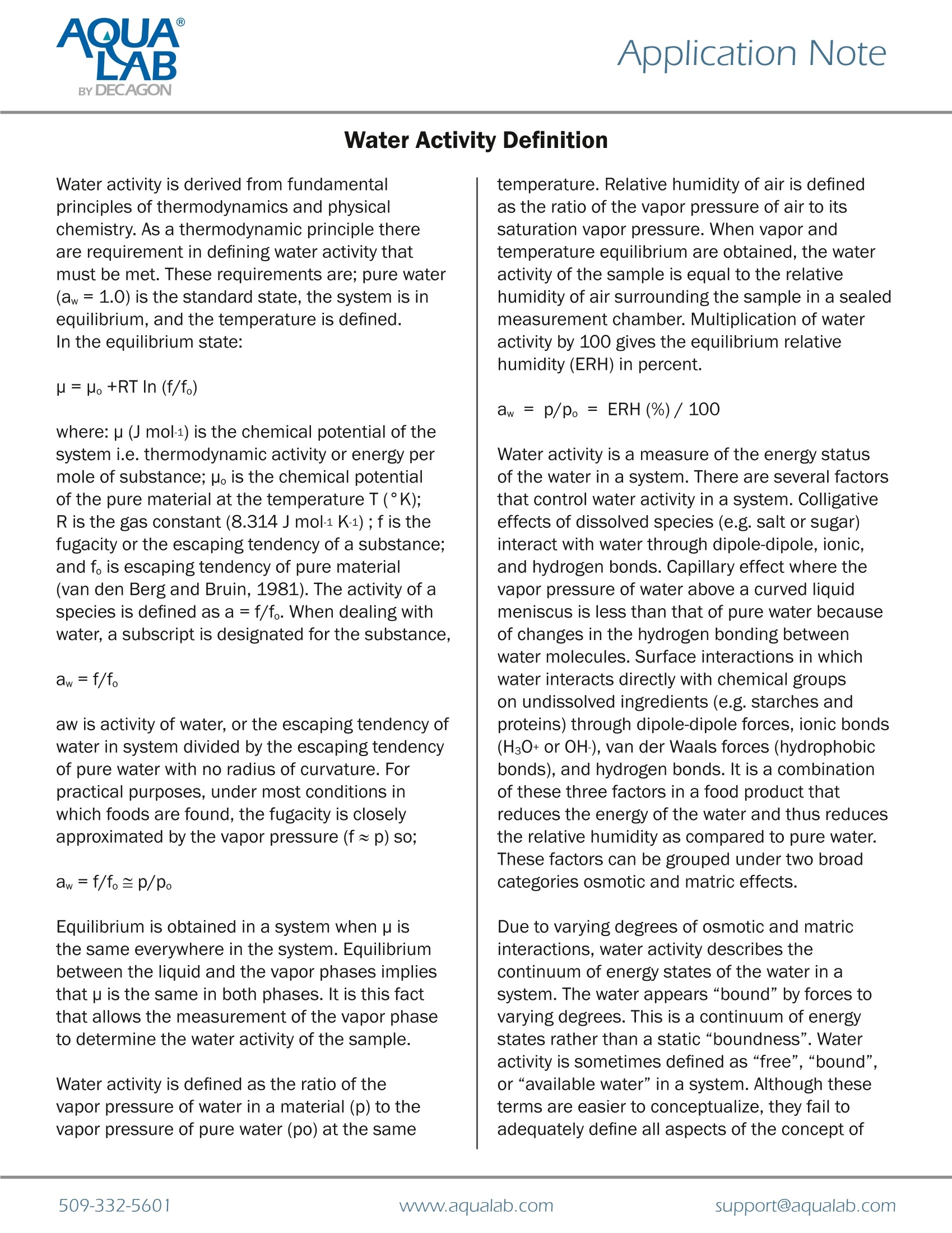
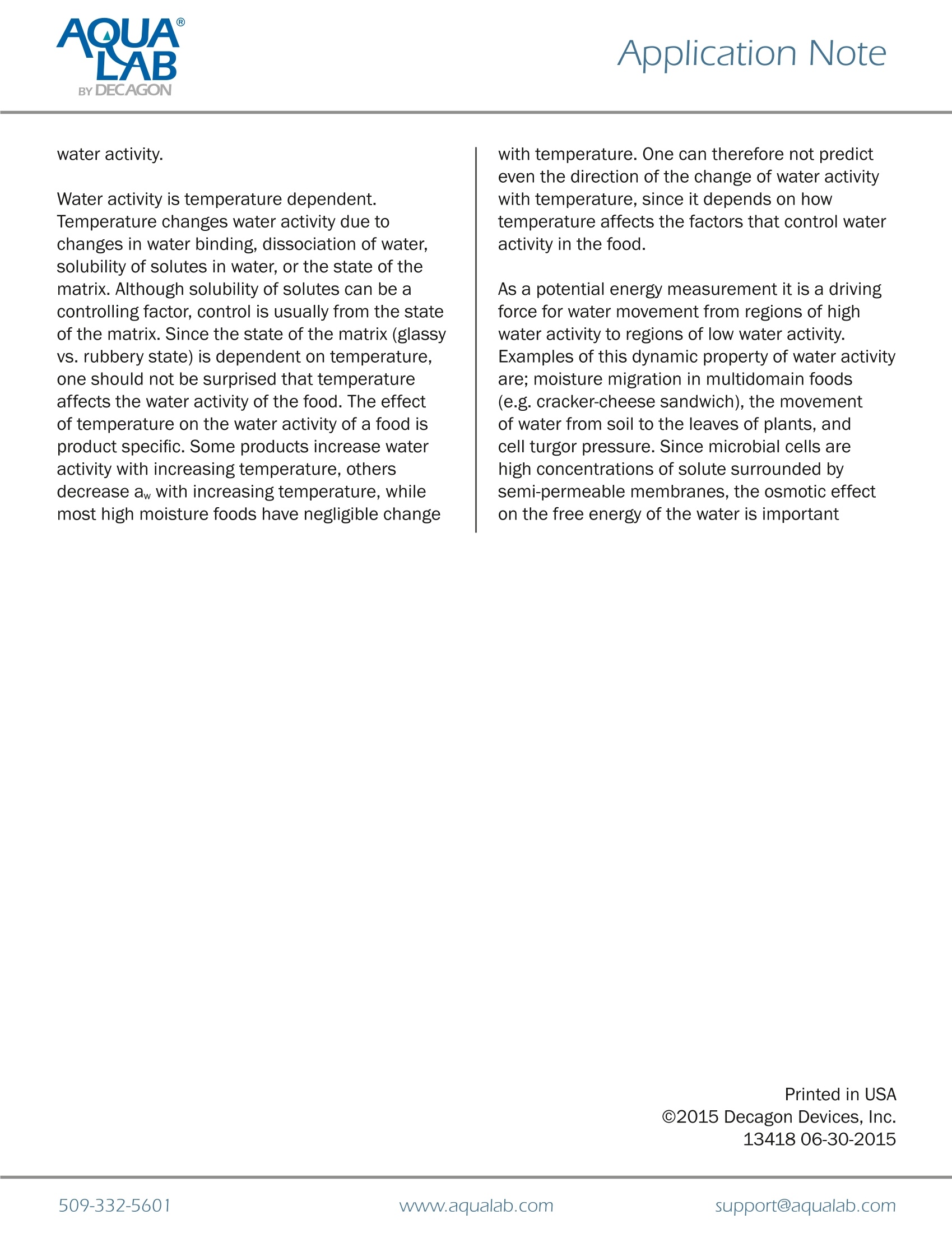
还剩1页未读,是否继续阅读?
METER Group, Inc.北京办事处为您提供《食品中水分活度检测方案(水活度分析仪)》,该方案主要用于蔬菜中理化分析检测,参考标准--,《食品中水分活度检测方案(水活度分析仪)》用到的仪器有Aqualab 4TE快准的水分活度仪
推荐专场
相关方案
更多
该厂商其他方案
更多
